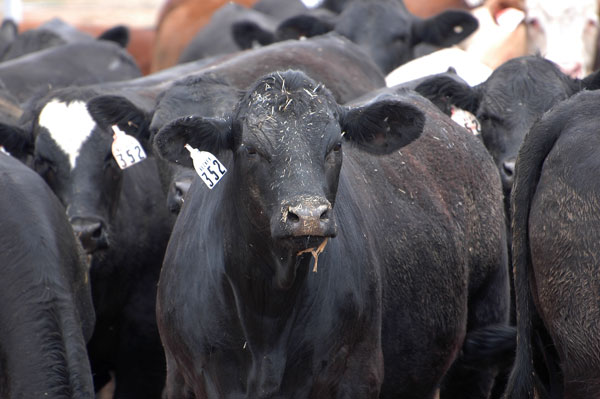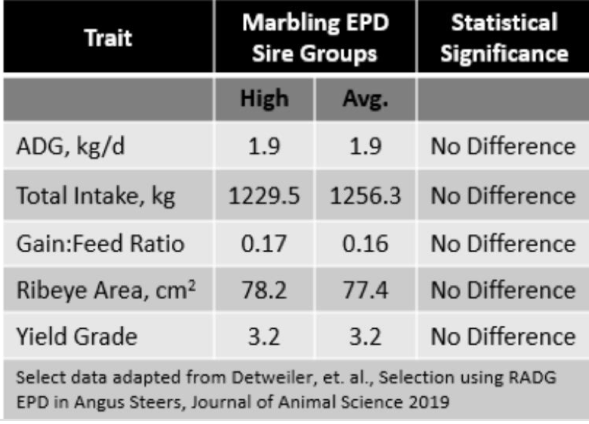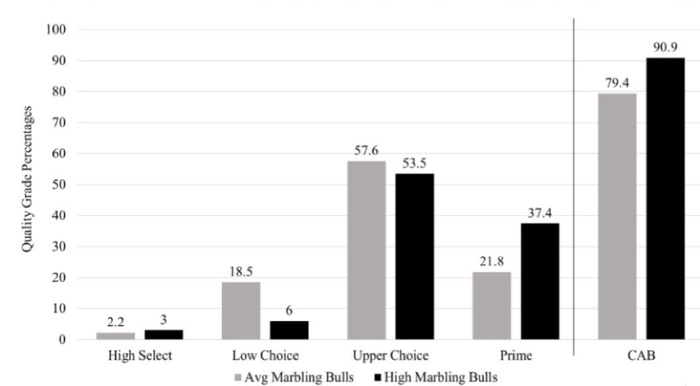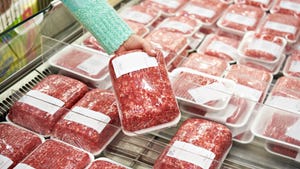Efficient, high-marbling beef is possible
A University of Georgia team says beef cows can be efficient and not impact the carcass.
August 1, 2019

Cattlemen looking for both efficiency and carcass quality can have it all, according to a University of Georgia (UGA) animal scientist.
Dean Pringle says a UGA team is finding more ways to satisfy both input and output goals. The team studied a 210-commercial Angus cow herd at the Northwest Georgia Branch Experiment Station, bred since 2011 to registered Angus bulls selected to create four unique herds.
“Our criteria were high efficiency and low efficiency; and within the efficiency groups, high marbling and breed-average marbling,” Pringle says. “Our first objective was to evaluate and verify that selection for residual average daily gain (RADG) actually did result in changes in feed efficiency.”
The results are part of a paper that showed the impact of selection using residual average daily gain and marbling EPDs (expected progeny differences) on growth, performance and carcass traits in Angus steers.
The data show no need to back away from one target to hit the others.
Pringle’s meat science background led to broadening the objectives, since protein is generally produced more efficiently than fat.
“I started worrying about that,” he says. “If we get these animals more efficient, converting feed to gain, are we going to begin to select against lipid and marbling deposition in those animals?”
Data results eased Pringle’s mind on that concern.

“Efficiency and marbling don’t appear to be linked,” he says. “There’s not a tremendous number of differences in the data we’ve collected (see Table). You can utilize those RADG and marbling EPDs to make changes in efficiency and carcass quality without negatively impacting other traits.”
A closer look at the carcass data underscores the quality already bred into the UGA herd (see chart).
Across all levels of efficiency, more than 79% of steers from Angus bulls selected for just average marbling had enough to qualify for the Certified Angus Beef (CAB) brand, including 21.8% CAB Prime.
However, with few concerns about backing away from higher marbling, bulls in the breed’s top 10th percentile for that trait could produce steers with enough marbling for nearly 91% brand acceptance. That’s with 37.4% CAB Prime.

The models created for ongoing UGA research allow studying both the biology and physiology of these economically important traits, he adds. Now eight calving seasons into creating the four sub-herds, researchers are comparing first- to second- and now to third-generation progeny.
“We’re looking at differences between microbes in the rumen and the rest of the GI tract for each of the four lines,” Pringle says. “We’re looking at liver tissue to see if there are other genes being up- or down-regulated as we continue to select for marbling and efficiency.”
Source: Certified Angus Beef
The source is solely responsible for the information provided and is wholly owned by the source. Informa Business Media and all its subsidiaries are not responsible for any of the content contained in this information asset.
You May Also Like



